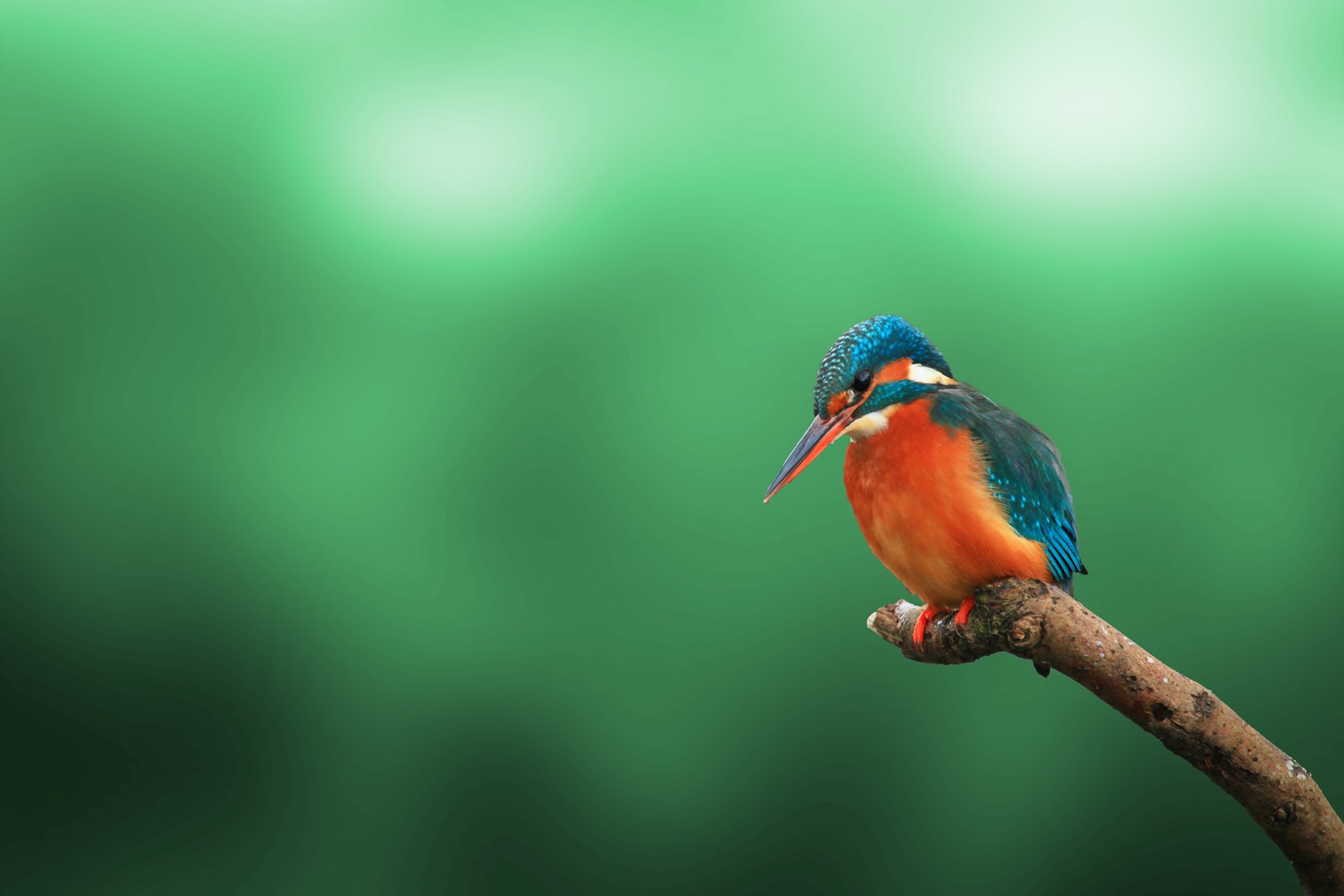Exploring Wildlife: A Complete Camera Selection Guide for Animal Photography
In the world of photography, seizing the allure and grandeur of wildlife is an endeavor that demands both enthusiasm and suitable equipment. Animal photography allows us to connect with nature in a profound way, illustrating the vivid traits and complex intricacies of the animals that coexist with us. Whether you are aiming to photograph the swift movements of a cheetah or the delicate features of a hummingbird, the appropriate camera can greatly influence your ability to convert those instances into remarkable photographs.
Regarding selecting a camera for animal photography, you should consider various important factors that can improve your photographic experience and the excellence of your outcomes. Given the multitude of options available, ranging from compact mirrorless cameras to sturdy DSLRs, it is vital to grasp which characteristics will ideally match your preferences and the requirements of capturing wildlife. This guide will support you in traversing the different realm of camera alternatives, guaranteeing that you identify the perfect complement for your wildlife escapades.
Crucial Camera Features for Wildlife Shooting
When picking a photographic device for wildlife shooting, the first essential feature to take into account is auto-focus capability. Wildlife can be unpredictable, darting swiftly or blending into their surroundings, so a camera with a quick and precise auto-focus system is crucial. Look for models with varied autofocus points and sophisticated tracking capabilities. Some devices offer specialized modes tailored for tracking moving subjects, which can bring a significant difference when photographing animals.
Another primary feature is the camera's continuous shooting rate. Wildlife shooters often rely on continuous shooting modes to capture rapid movements, such as a hawk in the air or a deer leaping through the woods. A camera that can shoot several images per interval will guarantee that you don’t overlook those ephemeral moments. Models with larger buffer capacities can store more images in quick succession, allowing for longer bursts without delaying down.

Finally, think about the device's dim-light capability. Many animal shots are taken during early morning or twilight when light is scant. A device with a large sensor and effective high ISO capabilities will allow you to take sharp photos without unnecessary noise in these difficult lighting conditions. Look for characteristics such as photo stability, which can help to minimize the impact of shaking, also enhancing your ability to capture animals in suboptimal light.
Top Camera Models for Animal Photography
In the realm of animal photography, selecting a device that merges velocity, precision, and picture quality is essential. The Canon 1D X Mark III is a standout for wildlife photographers. This digital single-lens reflex boasts a quick autofocus system and can shoot up to 20 frames per second in silent mode, making it ideal for capturing rapid animals. Its durable build also provides sturdiness in challenging outdoor settings, allowing you to zero in on getting the photo without concern about the weather.
Another excellent choice is the Nikon Z 9, a compact camera that offers exceptional performance for wildlife photography. With its 45.7 MP capability, it delivers stunningly detailed photos. The Z9's sophisticated autofocus system is skilled at tracking targets, including animals in motion. This model also supports continuous shooting at impressive speeds, ensuring that you don't miss those brief moments in nature. Its lightweight design is a advantage for photographers who explore into remote locations.
Lastly, the Sony Alpha 9 II deserves notoriety for its notable capabilities in animal photography. This mirrorless model is equipped with a stealthy shooting mode and an incredibly fast autofocus with real-time tracking for dynamic subjects. With a continuous shooting speed of up to twenty images per s, you can capture the most energetic and natural animal actions. Its lightweight size makes it convenient to carry, allowing you to travel light while still achieving professional-level results in your wildlife photography endeavors.
Tips for Capturing Amazing Wildlife Images
To capture breathtaking wildlife photographs, the first step is to understand your animal. Spend time watching animal behavior and habitats to predict their movements and actions. This understanding will enable you to be in the right place at the right time, boosting your odds of capturing that amazing shot. Stillness is key; often, the best images come from waiting silently until an animal reveals itself.
Another vital factor is understanding your camera settings. Use a fast shutter speed to freeze motion, especially with fast-moving animals. A large aperture can blur the background, helping your focus stand out and creating a more beautiful image. Don't forget to take advantage of burst mode for taking multiple frames in quick succession, which is particularly useful when photographing animals in motion.
Finally, consider the effect of light on your photographs. Early morning and late afternoon, known as the magic hours, provide soft, warm light that can enhance the beauty of your images. Additionally, pay camtura.com to your composition. Use techniques such as bordering, leading lines, or the rule of thirds to create attractive images that draw the viewer's eye. Always remain considerate of wildlife and their environments while pursuing your photography passion.